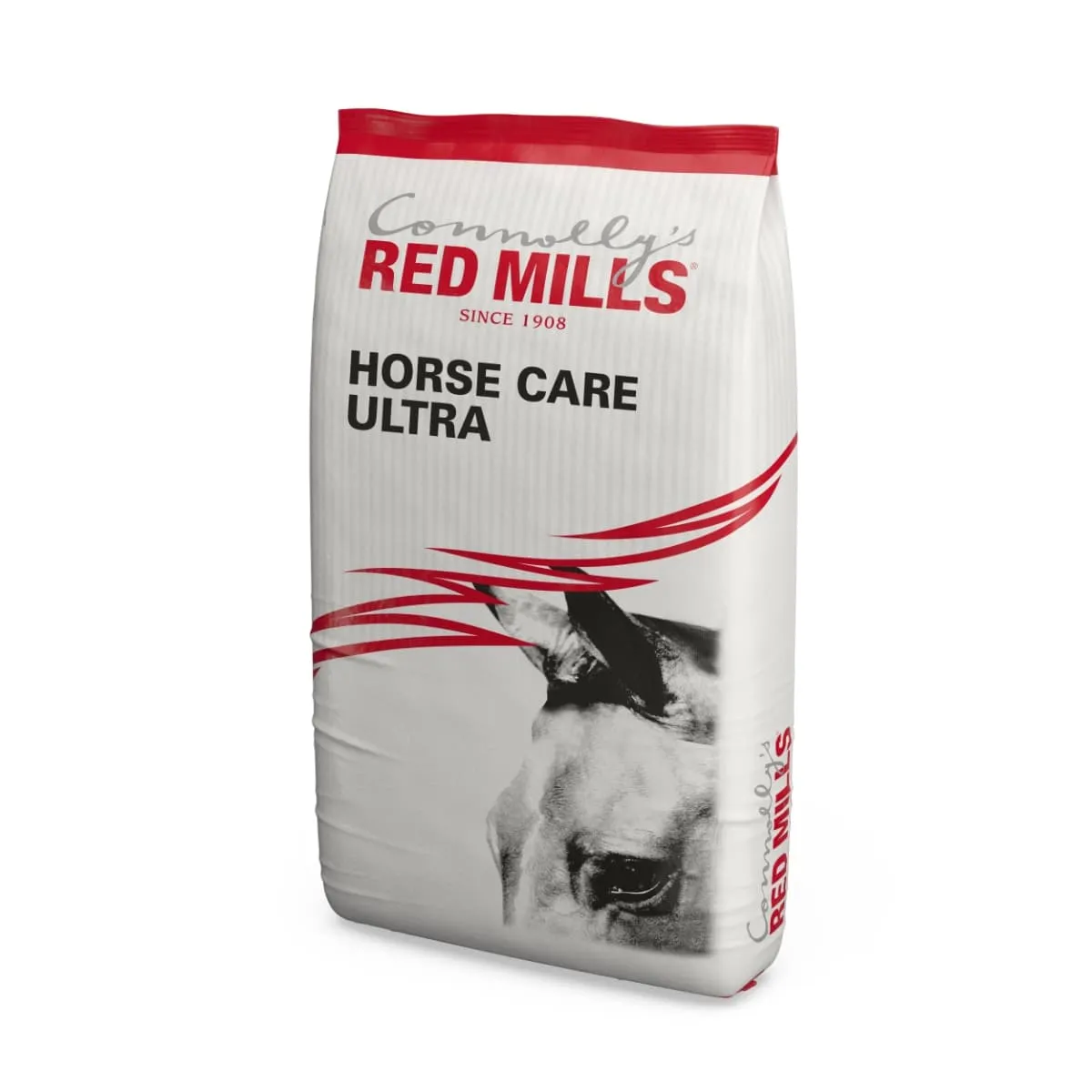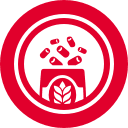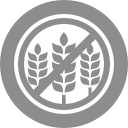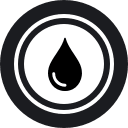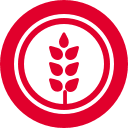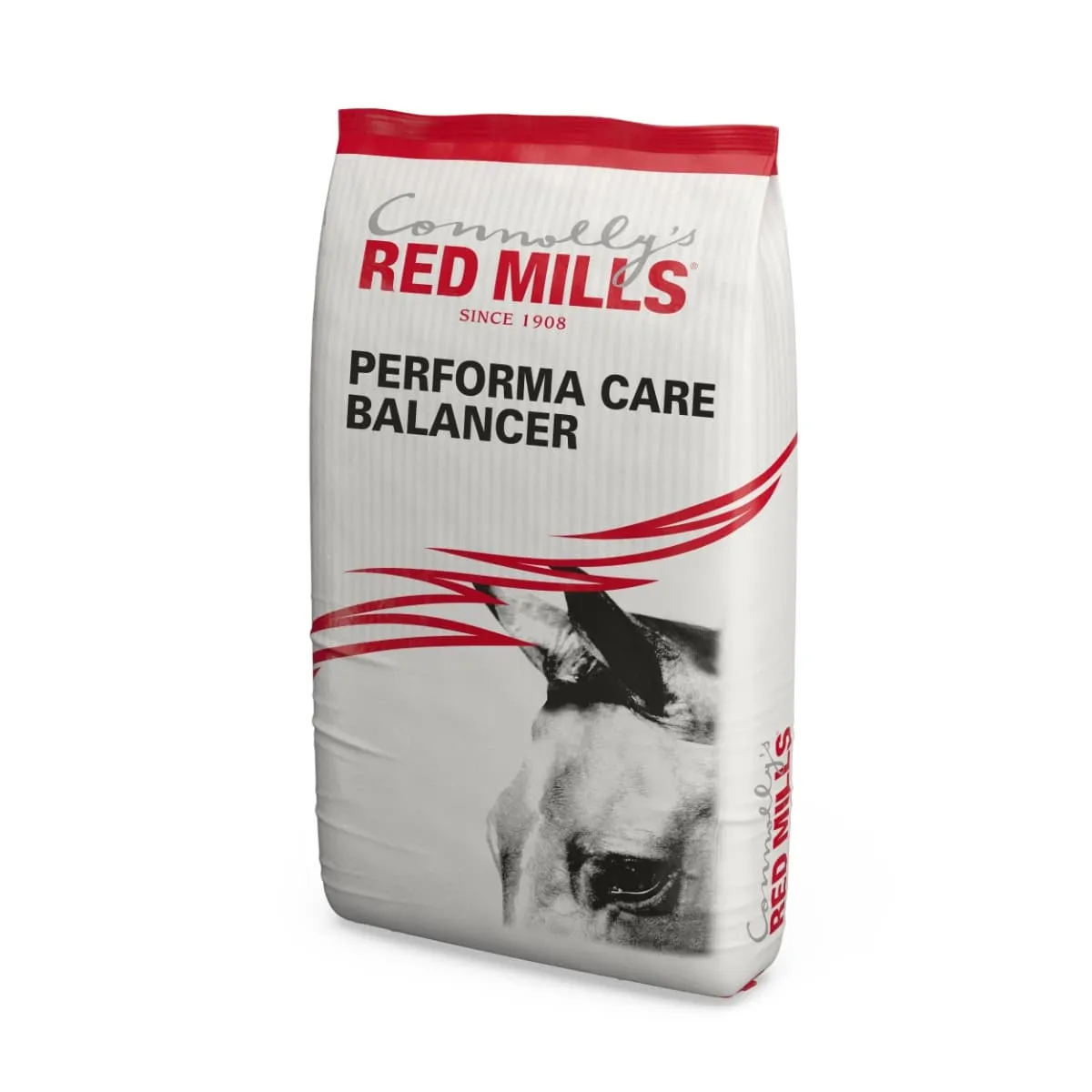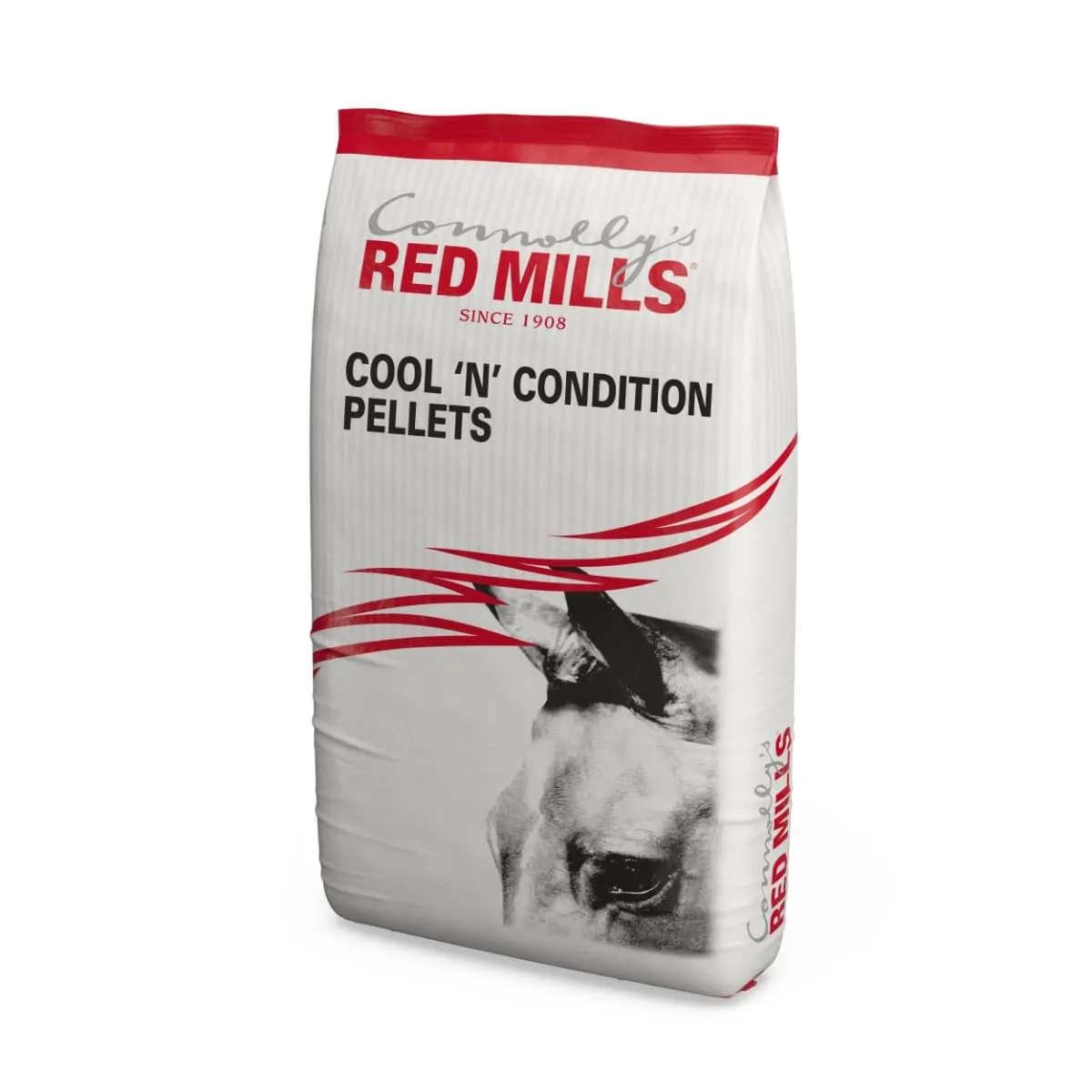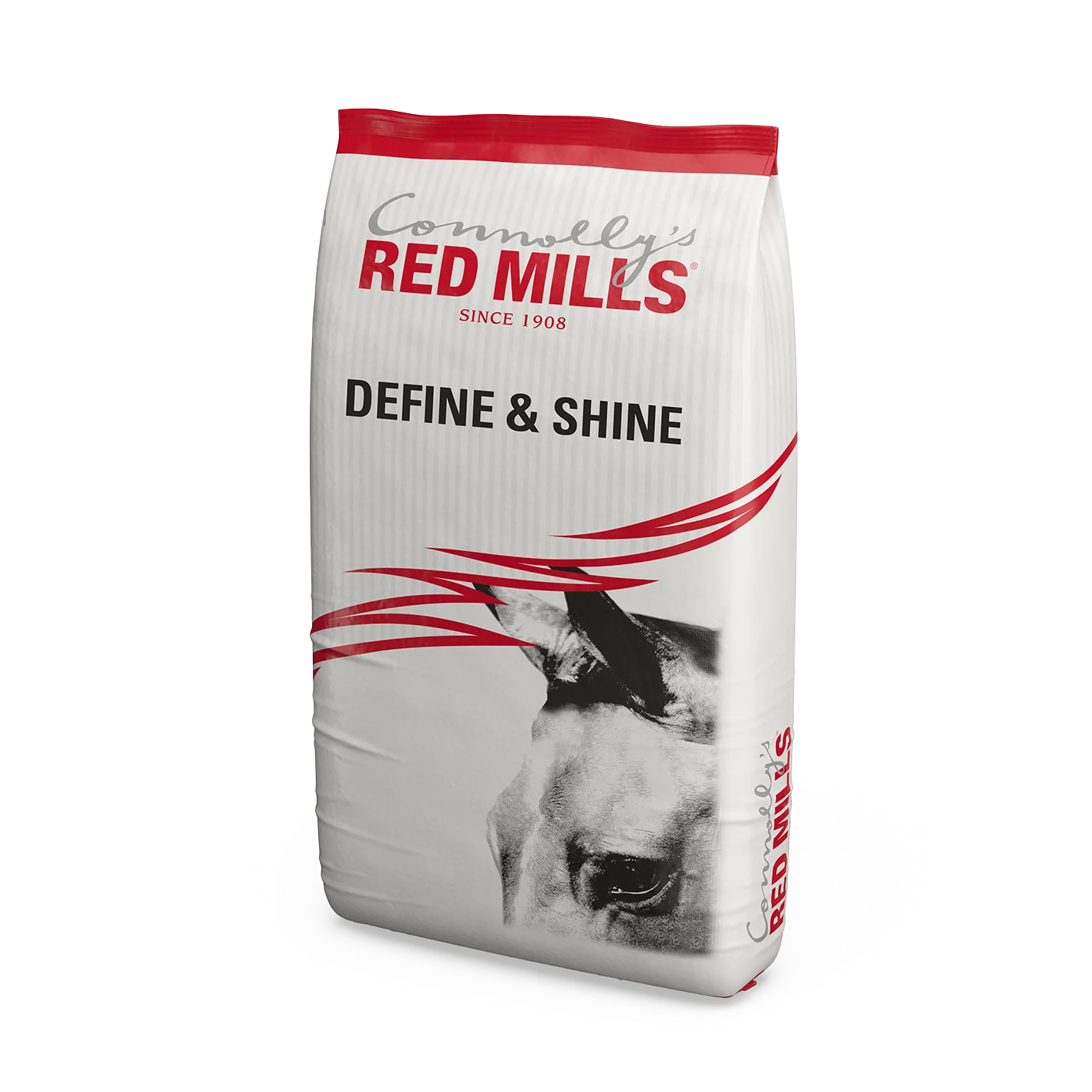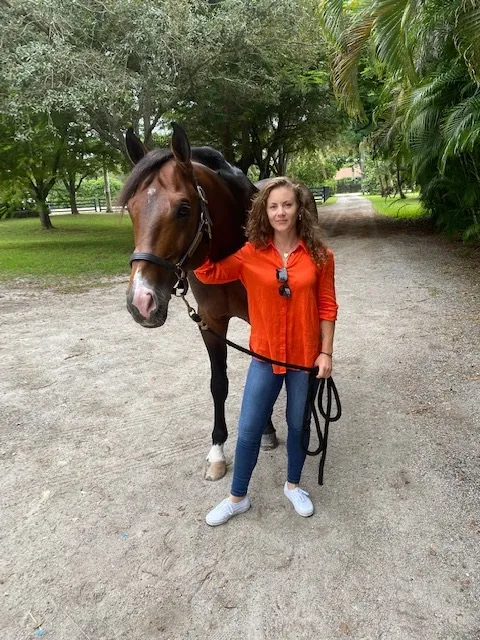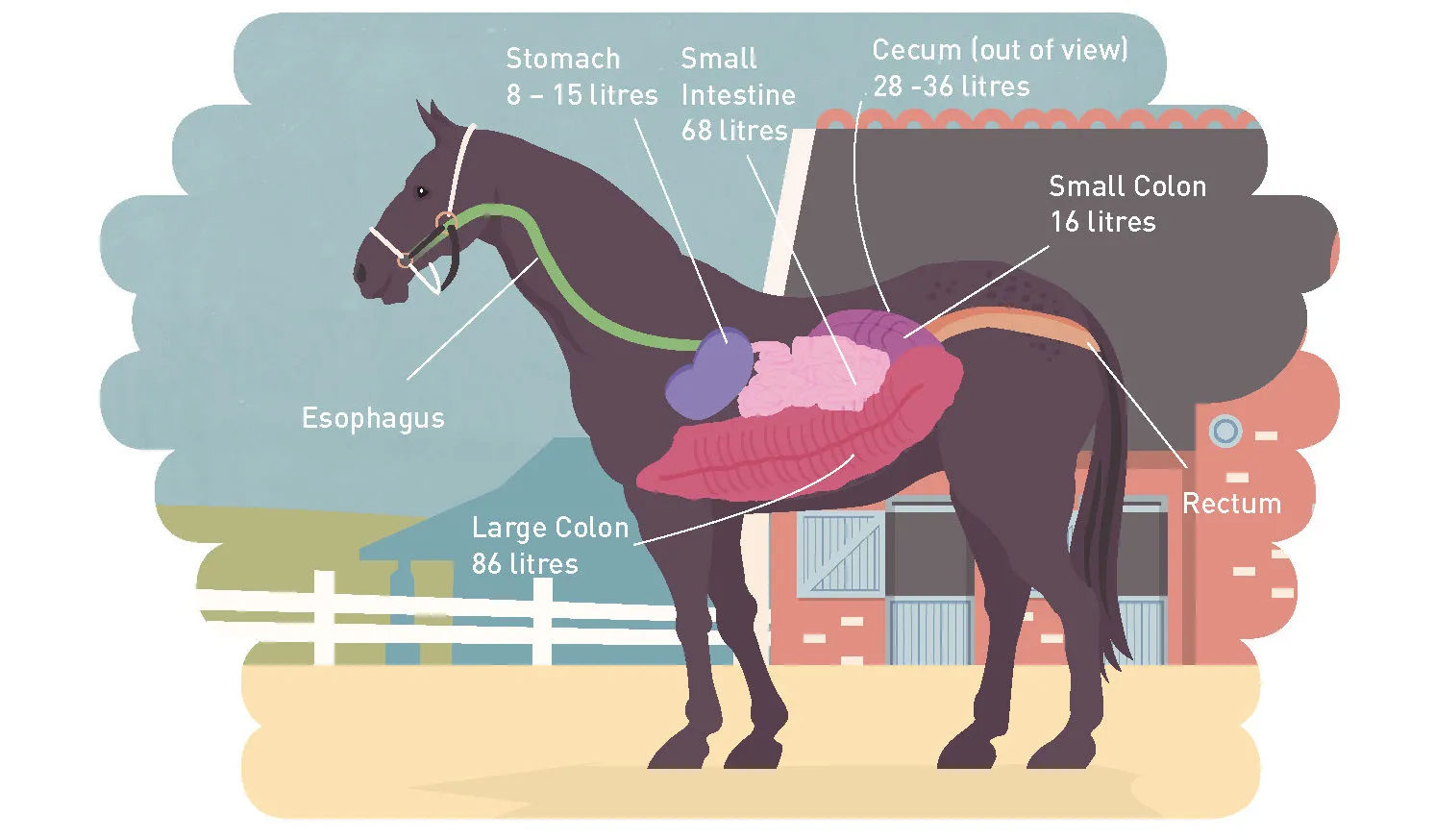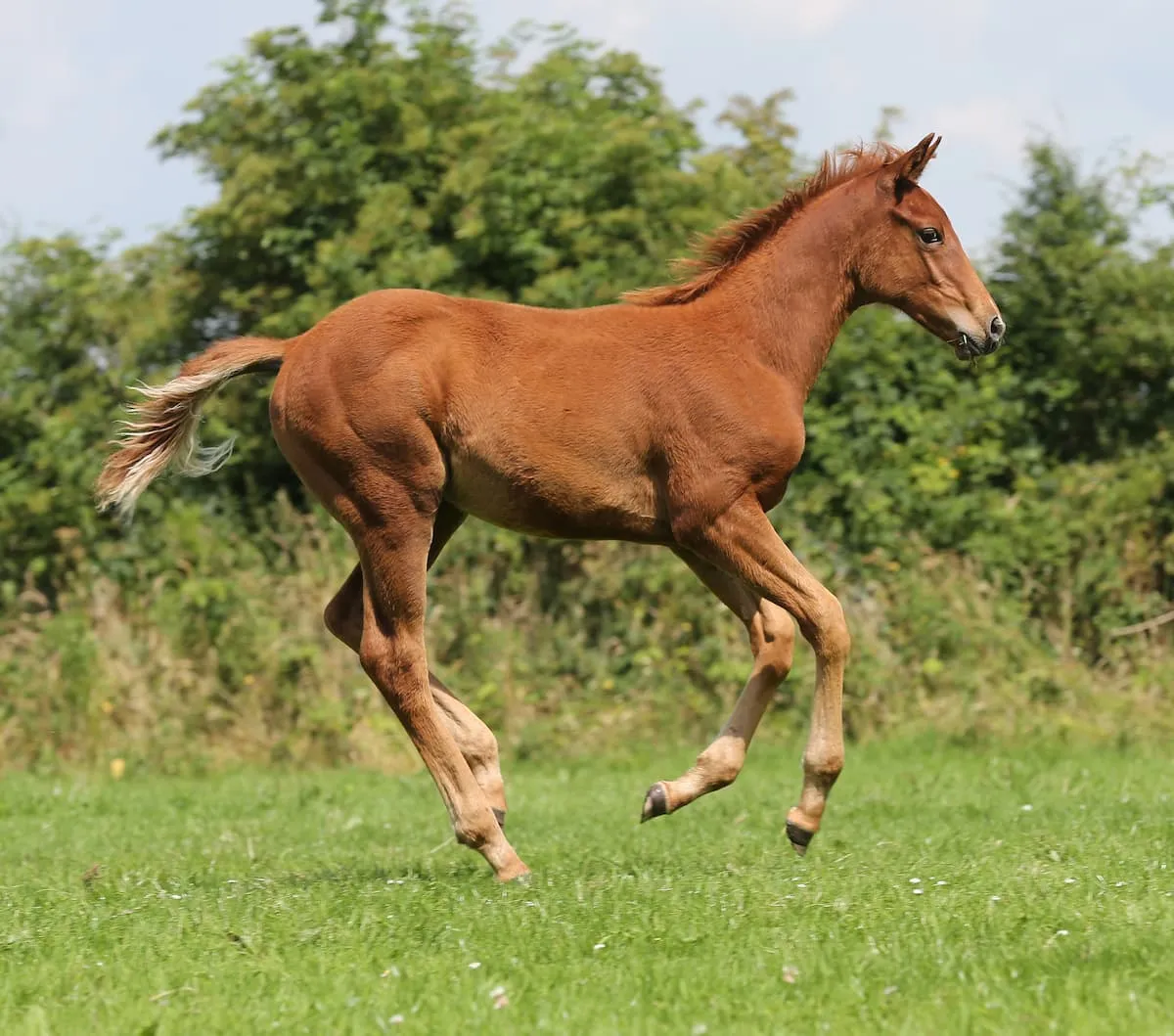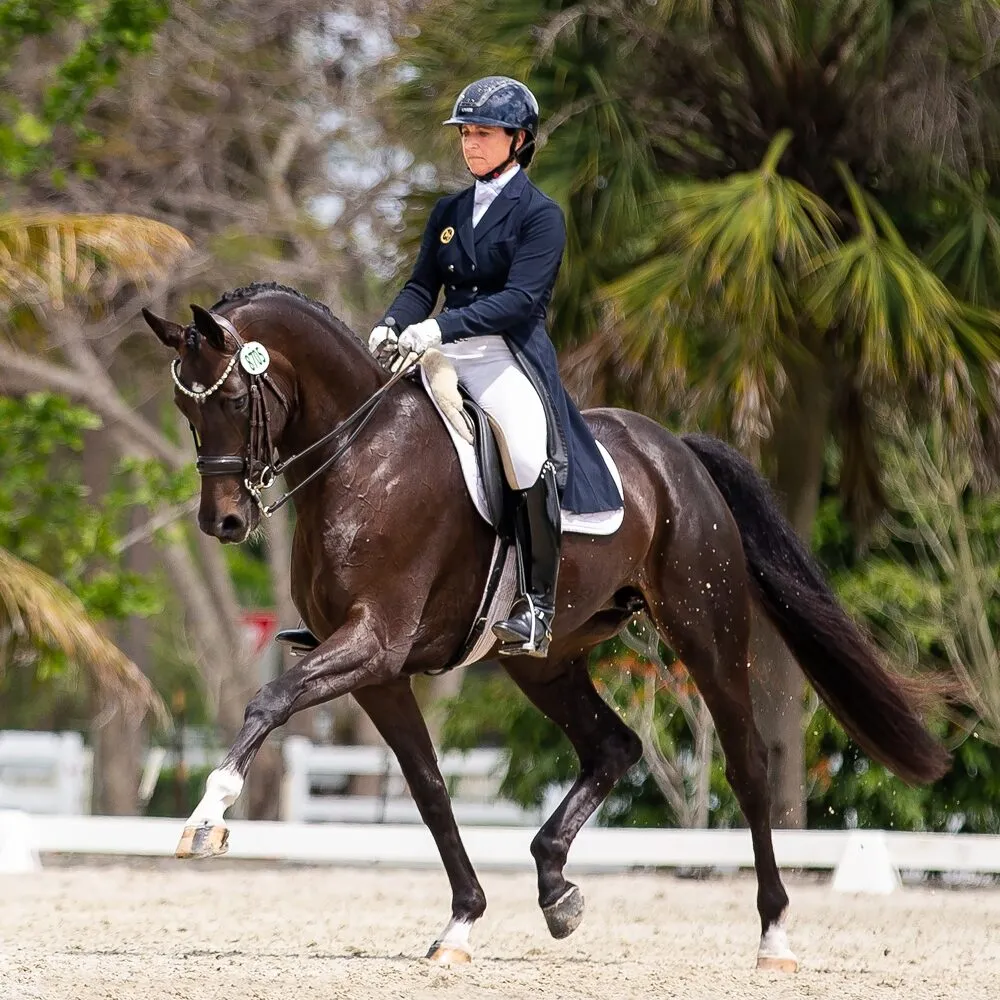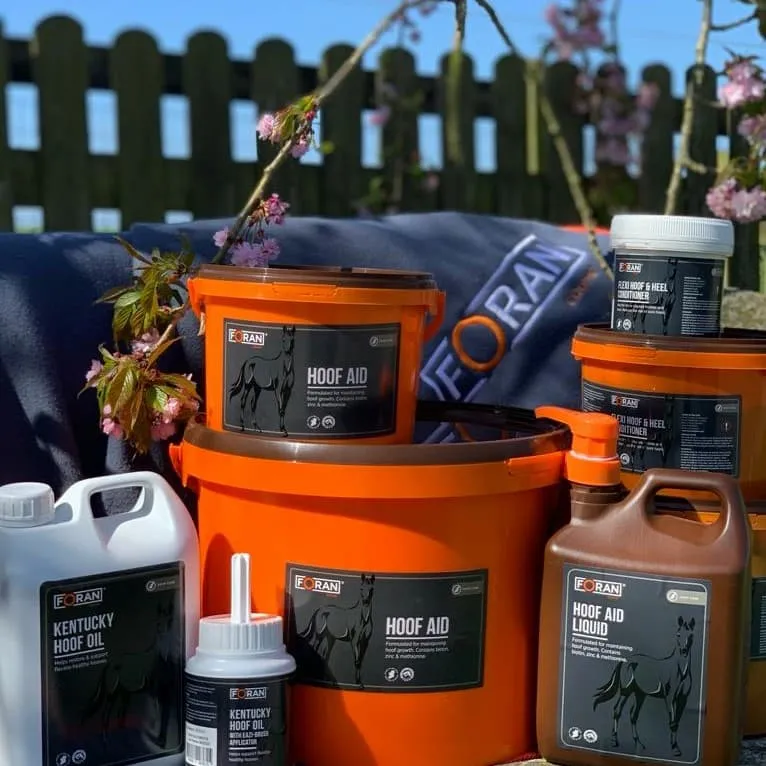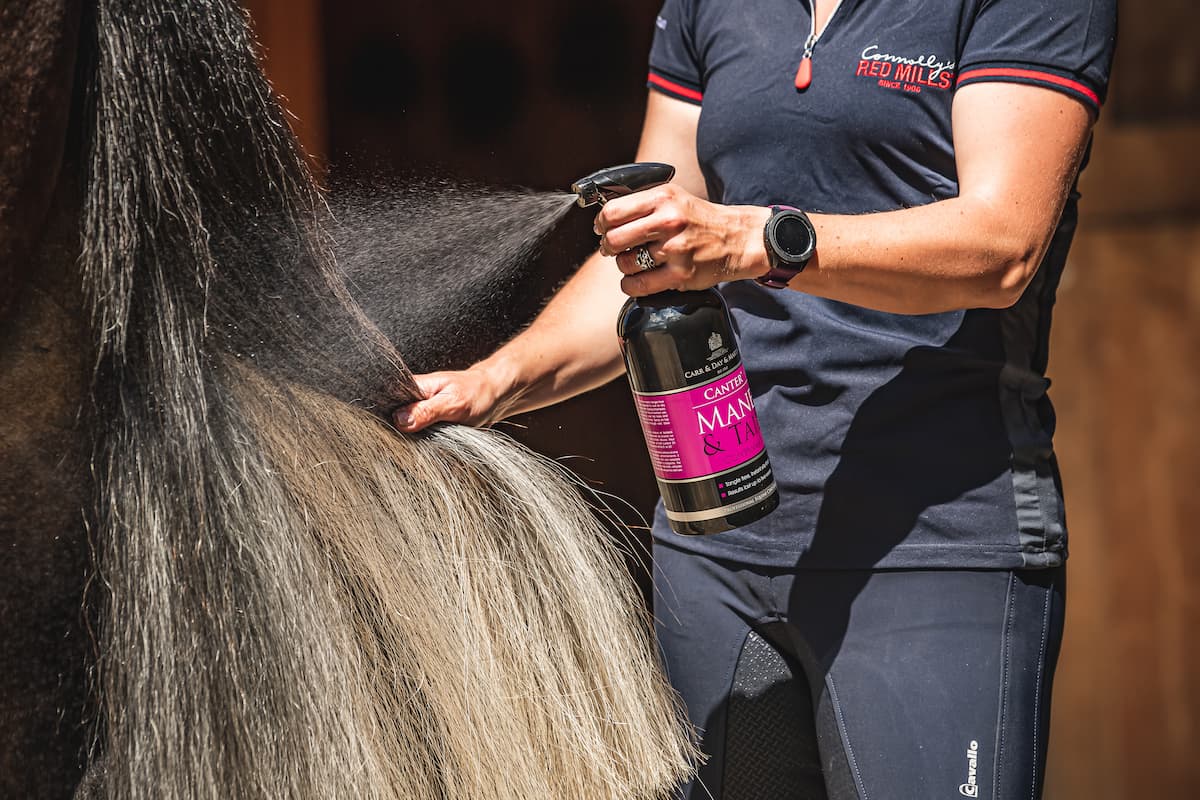It can be hard to maintain horses in peak condition. Regularly weighing and assessing your horse’s body condition score (BCS) (read more about how to assess your horse’s body condition here) will help you to spot the signs of weight loss early.
Before making changes to your feeding program, it’s important to eliminate other possible causes of weight loss such as a parasitic burden, poor dental condition or equine gastric ulcer syndrome. Alongside a feeding regime, it’s also vital to ensure that your horse is given plenty of forage, ideally ad lib, to help maintain a healthy digestive system. Another benefit of feeding ample forage is that it will help keep your horse warm during colder weather. This is because heat is produced when fiber is fermented in the hindgut.
What do I need to feed for weight gain?
Like humans, horses gain weight by consuming more calories than they use. Therefore, when selecting a feed for weight gain one of the most important factors to consider is its energy (calorie) content. It is also important to consider the recommended feeding rate.
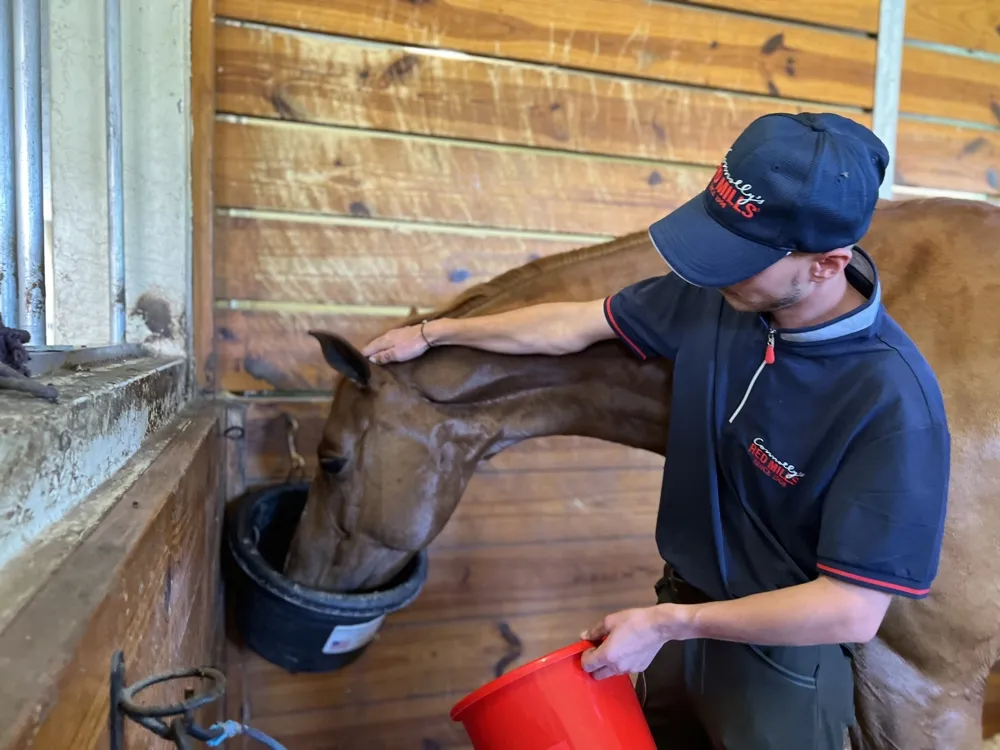
Almost all the ingredients in a bag of feed will contribute to the overall calorie content including: cereals (e.g. oats, barley, maize), fiber (e.g. sugar beet, soya hulls, wheatfeed) and oil (e.g. linseed oil, soya oil). Of these ingredients, the most calorific ingredient is oil, which provides approximately 2.5 more calories than cereals; conditioning feeds tend to have a high oil content (approx 5.5-8%). Oil can also be ‘top-dressed’ onto a feed such as Foran Equine’s Karron Oil. If feeding extra oil you should check the amount fed with a Nutritionist, as adding too much can result in other nutrient issues.
It is important to consider the quality of the ingredients and the processing techniques used to make the feed to ensure it is as digestible as possible for your horse. All of Connolly’s RED MILLS feed are produced using only the best natural ingredients and our five-stage process, known as Precision Nutrition. The unique RED MILLS manufacturing processes of steam cooking, extrusion and double pelleting ensure maximum digestibility and that all nutrients are readily available to the horse during digestion.
Cereals (for example oats and barley) provide what is commonly referred to as ‘fast release energy’, as they are digested and absorbed into the blood stream relatively quickly. High cereal feeds may exacerbate ‘fizzy’ behavior in horses that naturally have an excitable temperament, although the reasons for this are not fully understood. On the other hand, fiber and oil are broken down and absorbed relatively slowly. Consequently, they are known as ‘slow release’ energy sources. Nervous, excitable, or stressy horses can often ‘waste energy’ and as a result may lose weight. To help these horses maintain optimal weight and promote an even temperament a feed that provides energy from fiber ingredient (e.g. sugar beet, soya bean hulls, alfalfa meal) and oil will be more suitable than a cereal-based ration. In these situations, Cool n Conditioning Pellets and products from the Connolly’s RED MILLS Horse Care Range which are specifically formulated to contain lower levels of starch, are ideal.
Or topdressing an existing feed with Define & Shine can also be an excellent way to increase calorie intake of the overall diet without adding to energy levels/excitable behavior. Define & Shine is also high in protein so will not only contribute to overall weight gain but also to muscle development and definition, and coat condition/shine.

How quickly will my horse put weight on?
Weight gain will not happen overnight, it takes time and will depend on how much weight the horse needs to gain. The National Requirements for Horses suggested that it takes 16-20 kg of weight gain to change a horse’s body condition score by 1 unit (based on a 500 kg horse, 1-9 scale). Consequently, it will usually take at least 3-4 weeks before horse owners can see noticeable weight gain. It should be noted that severely emaciated horses will require specific dietary and veterinary support as they can suffer from an often fatal condition known as re-feeding syndrome.
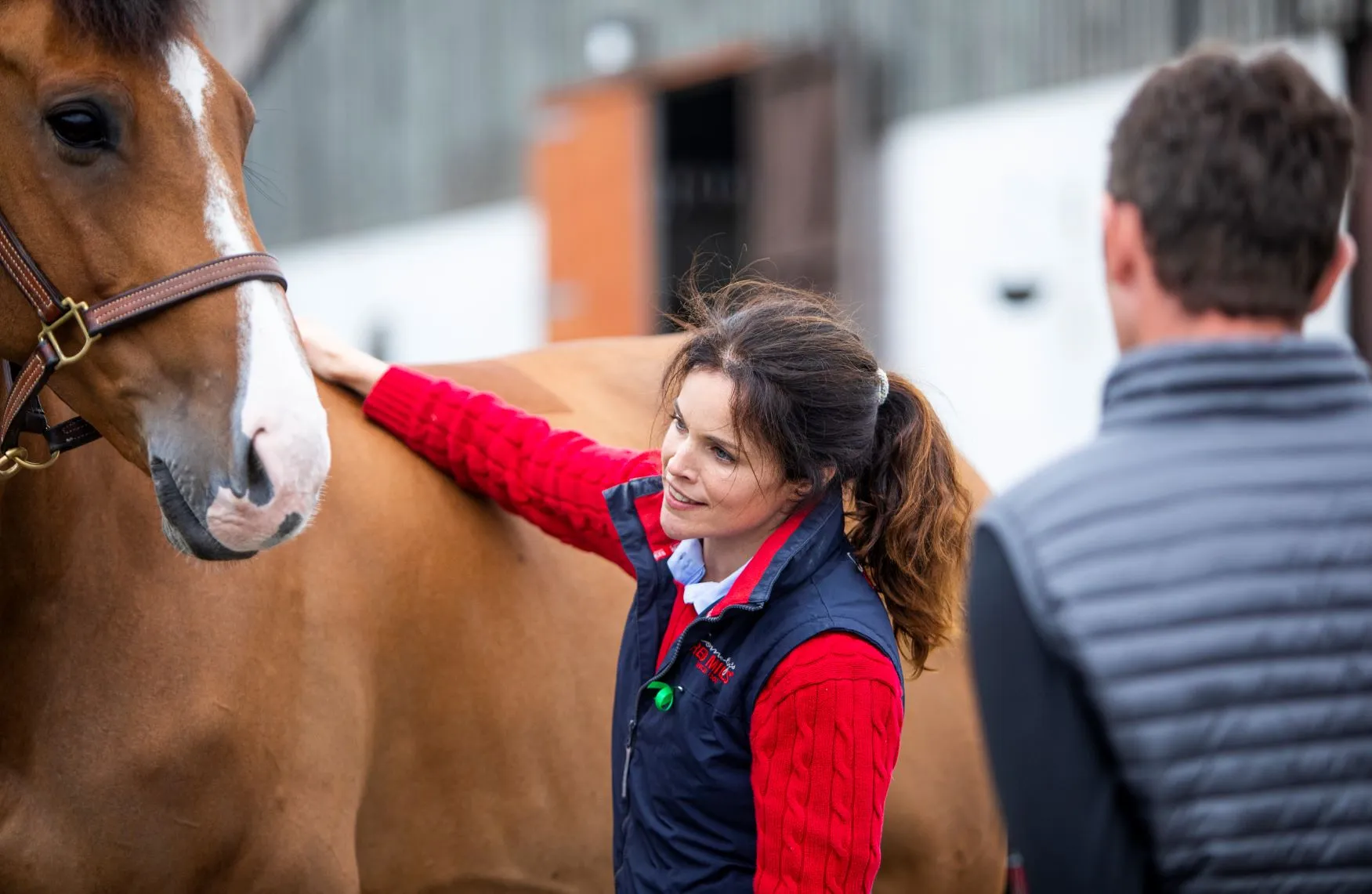
Topline consists largely of muscle, which is predominately made from protein. Protein is made up of non-essential and essential amino acids. The latter cannot be made in the body and must be provided in the diet. Good quality protein is rich in these essential amino acids and plays an important role in building and maintaining muscle tone, as well as repairing exercise-induced muscle damage.
When selecting a feed to help support topline development it’s important to look at both the crude protein level and the list of ingredients, both of which will be listed on the bag/label. This will help you ascertain the overall protein content of the feed and, more importantly, the quality of this protein. Good quality protein sources e.g. soyabean should appear high up on the list of ingredients. For good-doers needing topline a conditioning feed is likely to be too calorific and in these situations a feed balancer such as PerformaCare Balancer is an excellent choice. This will provide a concentrated source of quality protein, whilst limiting calorie intake.
It’s important to remember that it can take a few months to build topline on a weak horse and feed is only one piece of the puzzle. A suitable exercise regime that targets the correct muscle groups is also essential.
